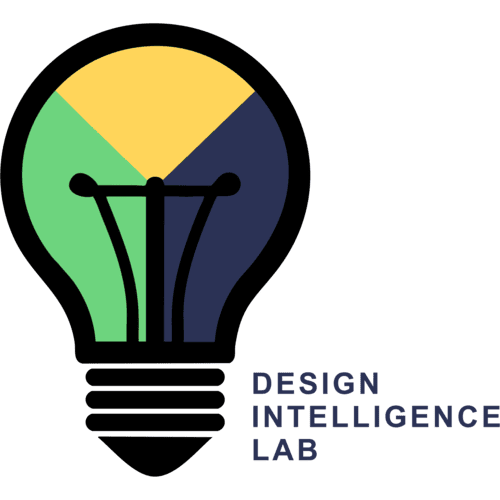Abstract
Design is a cognitive activity that adds much economic, social and cultural value. Creativity is a desired core competency of individuals and organizations alike. It follows, then, that design and creativity are, or ought to be, among the main goals of learning and teaching. However, we do not fully understand the connections between design and creativity on the one hand, and between learning design and creativity and teaching design and creativity on the other. How, precisely, can design and creative capabilities be promoted in formal and informal education? What are the principles for generating activities and curricula that promote creative design? What scaffolding do learners need to become more creative and to learn to design? How can responsibility for scaffolding be distributed between teacher, peers, and computing technologies?
Information processing theories and technologies impact these issues in at least three fundamental ways. First, we now have the beginnings of information theories of creative design that provide insights into the content, representation, organization, use and acquisition of knowledge. During the 1990’s, for example, Kolodner (1994) and Wills & Kolodner (1994) presented a case-based theory of creativity in design while Goel (1997), and Bhatta & Goel (1997) described a theory of creative design that integrates case-based and model-based reasoning. Second, during approximately the same period, constructivist (Savery & Duffy 1996; Jonassen 1999) and social constructivist (Palinscar 1998) theories of learning and teaching became prominent. Third, a new generation of interactive technologies has developed over the past two decade that has the potential for transforming the learning of creative design. These interactive technologies include multimedia technologies and of course the World Wide Web.
